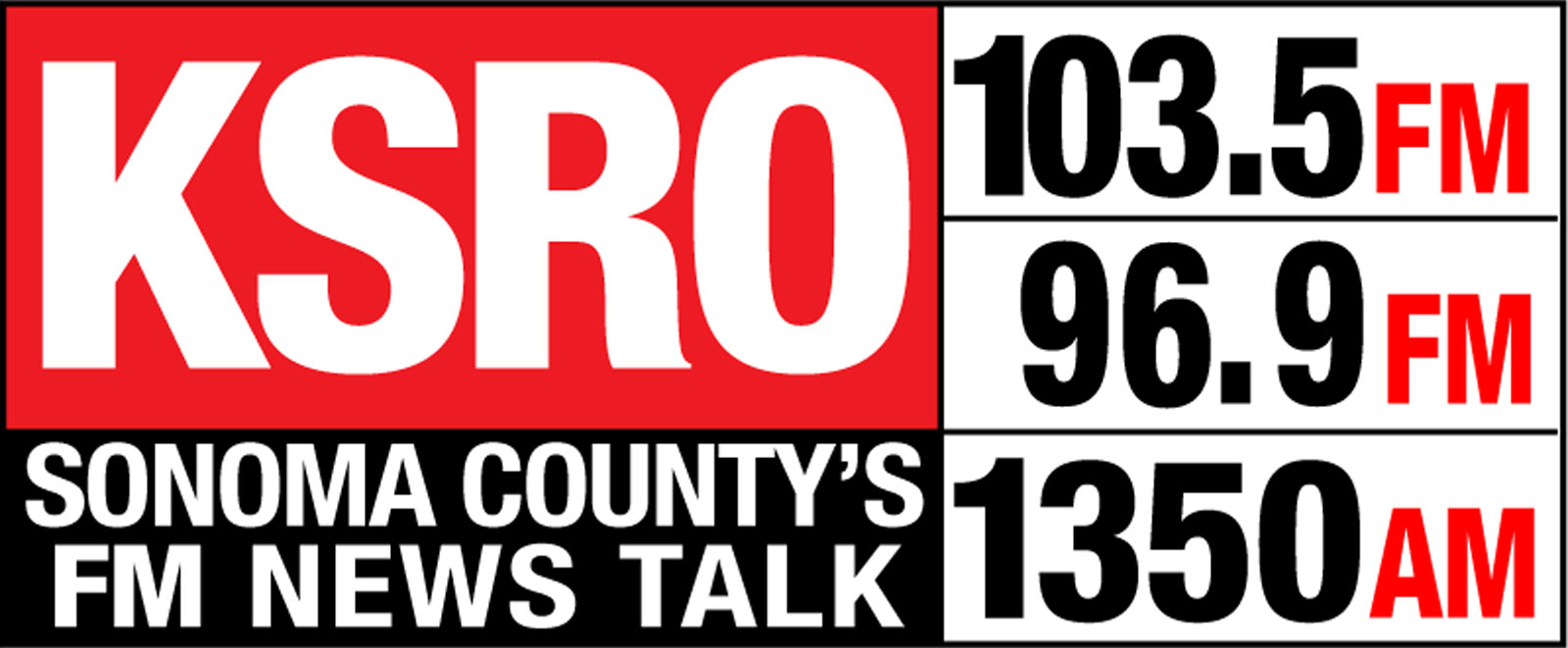
ABC News
 ABC News(VANCOUVER) — It’s a rainy afternoon in January in downtown Vancouver, British Columbia, and commuters are dashing into Burrard Station to get out of the weather and onto their trains. Above the rush, a dozen or so sleeping pigeons are sitting quietly on the roof.
ABC News(VANCOUVER) — It’s a rainy afternoon in January in downtown Vancouver, British Columbia, and commuters are dashing into Burrard Station to get out of the weather and onto their trains. Above the rush, a dozen or so sleeping pigeons are sitting quietly on the roof.
That is, until Avro the peregrine falcon arrives.
“Birds know birds,” falconer Kim Kamstra told ABC News. “Predators send out a message. The prey is looking for that message. So, when he acts natural and looks at them in a certain way, the pigeons leave.”
In December, Kamstra, co-owner of Raptors Ridge Birds of Prey with his wife, Karen Kamstra, were contracted to be part of a six-week, six station pilot program launched by the city’s mass transit company, British Columbia Rapid Transit Company (BCRTC), a subsidiary of TransLink. The mission was simple: Scare the pigeons away from the city’s SkyTrain stations.
According to TransLink officials, the SkyTrain rail system is fully automated, so trains rely on sensors in its 53 stations to brake if objects are detected on the track. Last year, 142 delays were caused by birds setting off the sensors, accounting for a nearly 20 percent in delays.
Plus, pigeon feces have been linked to several diseases, which TransLink officials said could raise health concerns.
“It’s fair to say that the pigeons are a problem at most of our stations. Many are above ground and exposed to the elements, and even in underground stations, pigeons somehow get in there,” Chris Bryans, a spokesman for TransLink, told ABC News.
The pigeon problem has been around since 1985, when the rail system went into effect, he noted.
“We’ve tried many things… we’ve tried spikes, nets and even mimicking the sounds of various birds that are predators,” Vivienne King, president of BCRTC, told ABC News. “Apparently we played with this many years ago with the falcons and [we] sort of said ‘Hey, you know, we could try a natural approach because it’s very humane.’”
The theory behind the project is that if raptors and their handlers make enough appearances at stations in a semi-irregular pattern, the pigeons will associate the stations as predator territory and go elsewhere.
Back at Burrard Station, Avro excitedly squawks as Kamstra delicately hoists him out of his travel crate and tethers him to his gloved fist.
“Are you excited?” Kamstra jokes to Avro as the falcon squeals.
Once Avro is comfortably in place, Kamstra walks casually to the station’s front courtyard and almost immediately pigeons flee out of fear. Soon after, other birds start circling and cawing from above.
“Those are gulls flying up above us, and when they make that crying noise, that’s actually an alarm call that there’s a predator in the neighborhood,” Kamstra said. “And nobody likes the predators living in the neighborhood.”
Avro doesn’t seem fazed by the chaos ensuing around him. Occasionally he tries to fly off Kamstra’s fist, only to be thwarted by his tether.
“Some days I think he’s questioning me like, ‘Why can’t I just fly around and scare them?’ That definitely has got to be going through his head,” Kamstra said.
Of the 30 raptors that Kim and Karen Kamstra keep on their 2-acre property in Maple Ridge, British Columbia, Avro is Mr. Kamstra’s favorite. Mrs. Kamstra jokes they’re “two peas in a pod” because “he trusts Kim more. Just because Kim and Avro spend so much time together.”
Avro, 6, was adopted by Raptors Ridge Birds of Prey when he was around 3 months old. In addition to the railway pilot program, Kamstra and Avro have also worked in orchards, blueberry fields, educational events and one of Vancouver’s busiest tourist hotspots, Granville Island.
“As you heard him earlier, he does like to talk,” Kamstra said of Avro’s personality. “And that’s just his communication of ‘I trust you, I trust things that we’re going to do together. I feel safe with you all the time.’”
He added, “That’s the connectivity and trust. Without trust, you don’t have a whole heck of a lot.”
A final report detailing the effectiveness of the $18,000 railway raptor pilot program will be published in coming weeks. TransLink officials and Kamstra believe the number of pigeons roosting at the six test stations have decreased.
“Some stations have had well over a 100 pigeons. We’re down to 16 pigeons at those sites,” Kamstra said.
The sight of a falcon in the stations has piqued the interest of some commuters.
“He clears pigeons from the SkyTrains?!” one commuter exclaimed when told about Avro’s job, adding in jest: “So, he earns his keep?”
If BCRTC decides to continue with the program, King said other falcon handlers can apply for the position.
As for Avro’s full-time job prospects, King said of the falcon: “He obviously is quite a star… I’m told he does his job very well.”
Copyright © 2018, ABC Radio. All rights reserved.


